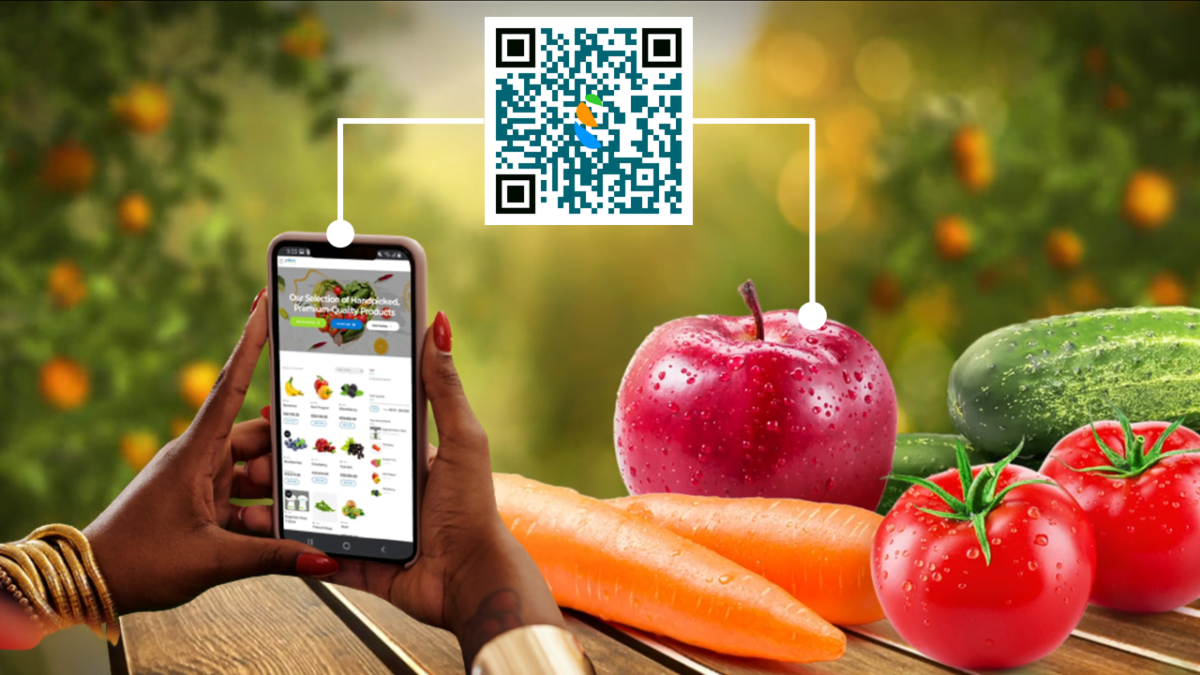The 4 Key Roles of Food Traceability in Boosting Consumer Trust

In an era where health-conscious consumers increasingly seek healthier and sustainable food options, trust in the food system is paramount. Transparency, as revealed by numerous studies, is the cornerstone of this trust and transformation in the agri-food industry. The latest EIT Food Trust Report from 2021 hints at growing consumer awareness, but it also emphasizes that there is more work to be done. Consumers desire clarity regarding the criteria for food products and increased supply chain transparency.
We’ve been witnessing the evolution of consumer preferences and industry dynamics. The need for transparency has never been more apparent, and digital technology is emerging as a vital solution. Digital innovations have made it possible to track, trace, and document the journey of food items through the supply chain, enhancing trust and security in the food we consume.
While trust in the food system has shown some positive growth, there is still much work to be done. Consumers are not only looking for companies to adapt to their needs but also for greater transparency in the food supply chain.
The agri-food industry faces the challenge of producing for a global market while ensuring the integrity and trust of consumers. In the age of complex and extensive supply chains, maintaining visibility throughout the journey of food products has become essential. This visibility is vital in reducing the risks of foodborne illnesses like E. coli, listeria, and salmonella.
READ: Biobanking Initiative to Preserve African Indigenous Chicken
The adoption of traceability technology has emerged as a fundamental solution to this challenge. By using this technology, companies can precisely identify the source, location, and ownership of food products as they traverse the supply chain. This enables them to effectively track and trace potentially contaminated items, ensuring the safety and quality of their products.
Here are four compelling reasons why traceability is pivotal for food and retail companies:
- Enhancing Supply Chain Visibility and Efficiency: The days when local farmers and markets were trusted by small communities are long gone. In today’s globalized world, food companies cater to mass markets, making supply chains more intricate. This complexity brings risks of food-borne illnesses. Traceability technology empowers companies to identify the source, location, and ownership of food products, making it easier to track and trace contaminated items, thus ensuring the safety and quality of products.
- Ensuring Transparency with Consumers: With concerns about food safety and the increasing desire for certified product origin, traceability has emerged as a guardian of customer confidence. This technology allows companies to transparently share information about the origin of food products with consumers, enabling them to make informed decisions. Whether it’s information about health and sustainability, food safety, or product authenticity, traceability technology equips customers with the evidence needed to trust the food they purchase.
- Boosting Company Reputation and Compliance: Companies that embrace traceability can not only enhance their reputation but also communicate their commitment to sustainability, ethical sourcing, and responsible production practices. In today’s market, this commitment can be a competitive advantage. Moreover, as governments worldwide tighten regulations to ensure food safety, traceability is crucial for compliance. Accurate records of product origins and movements demonstrate a company’s commitment to adhering to regulations and avoiding costly fines and legal repercussions.
- Risk Management and Consumer Protection: Traceability is a valuable tool for managing risks in the food industry. It enables companies to quickly pinpoint affected batches in the event of a food safety issue or product recall. This minimizes the scope of the problem and protects consumers from potentially harmful products, ensuring that food products meet safety and quality standards and reducing the risk of liability.
The integration of technology and innovation has revolutionized food traceability, with comprehensive systems that provide a detailed view of a product’s lifecycle, from planting or harvesting to the end consumer. Information on production stages, farming locations, inputs, processes, and quality controls is readily available, ensuring product safety and quality. To further empower consumers, farmers and retailers can generate QR codes, allowing customers to access traceability data with a simple scan. This not only enhances consumer knowledge but also fosters trust by providing information on production efforts, safety compliance, and pesticide usage reports, therefore providing consumers with the transparency and confidence they seek when choosing food products.



